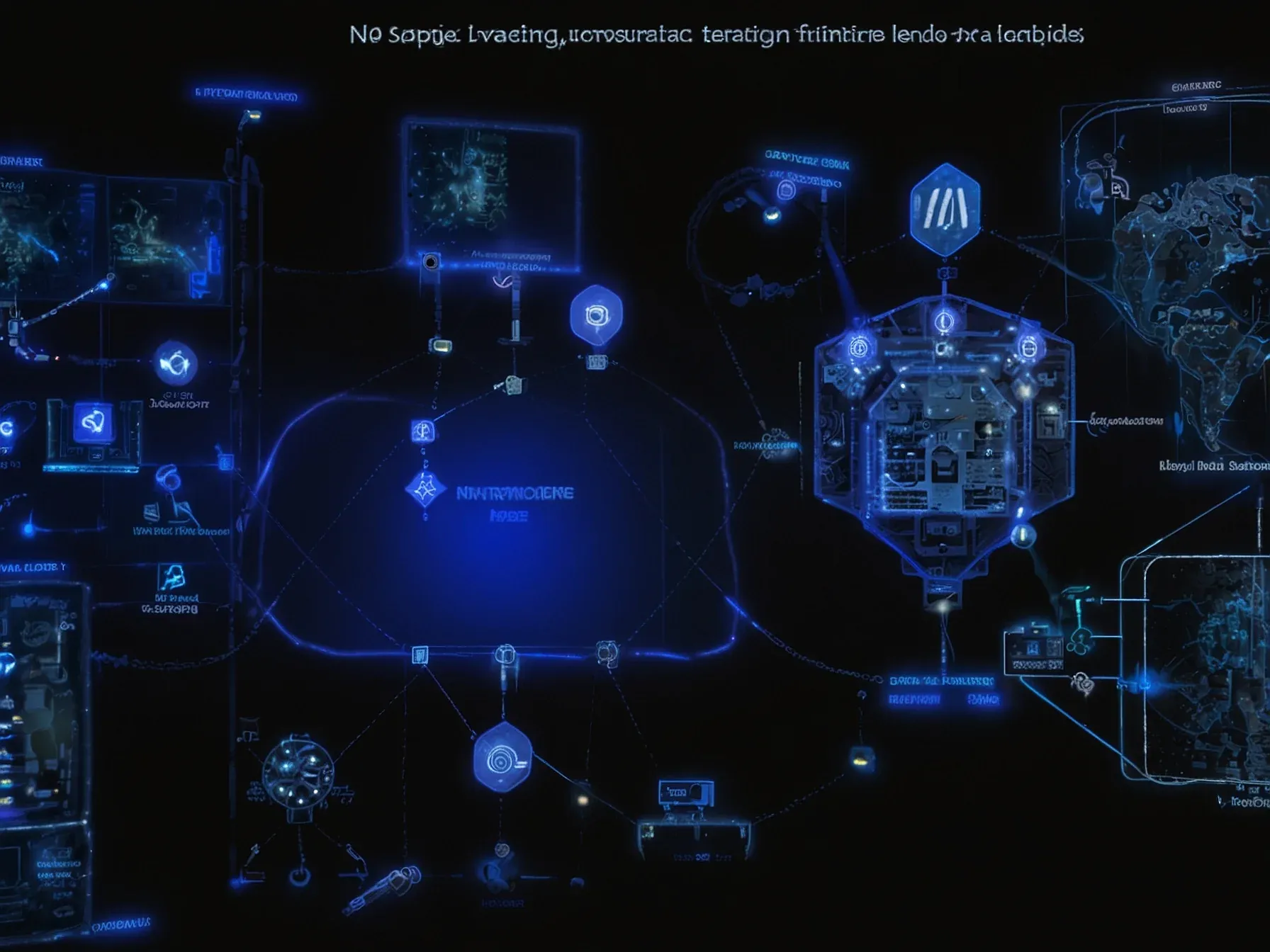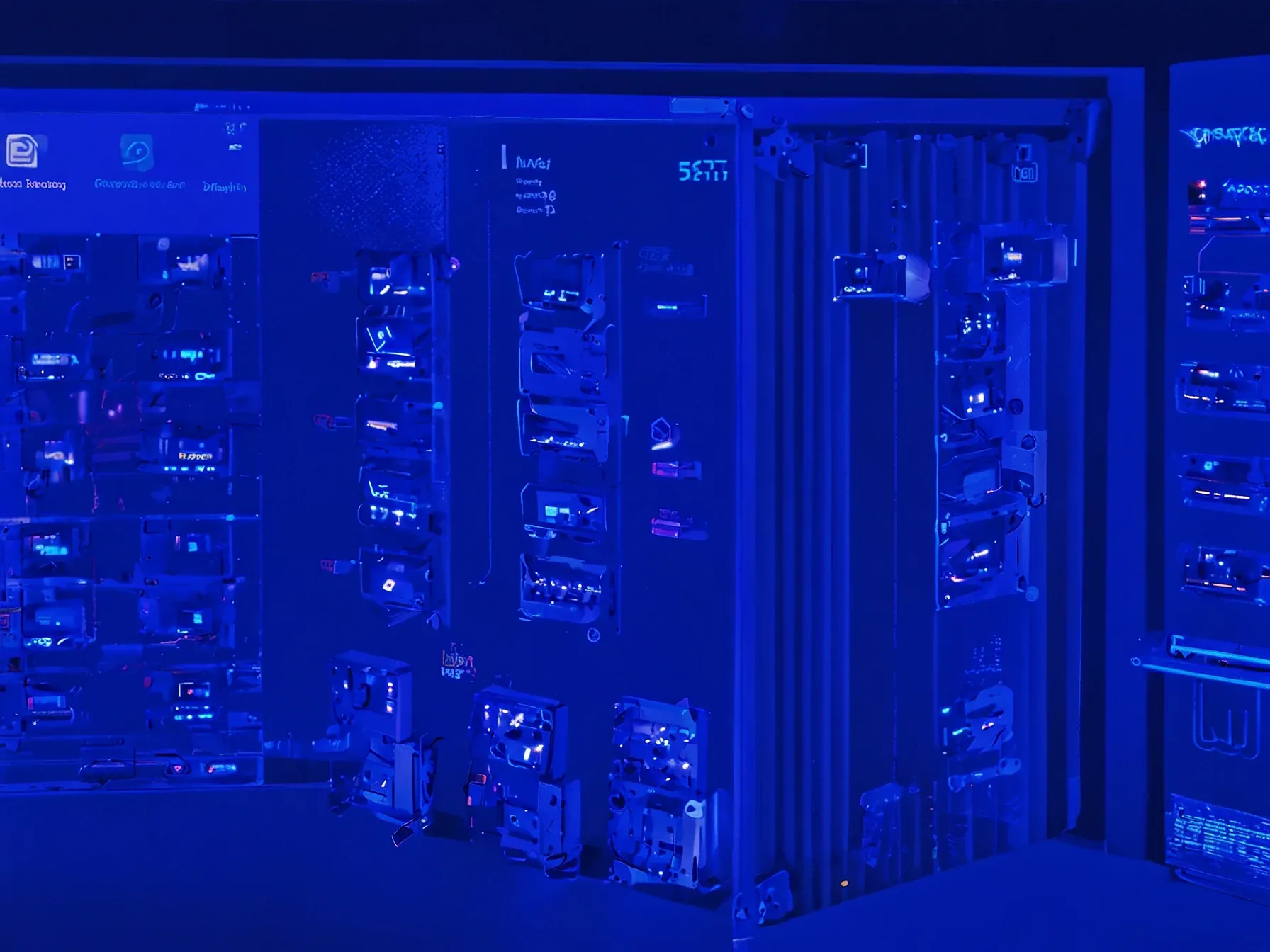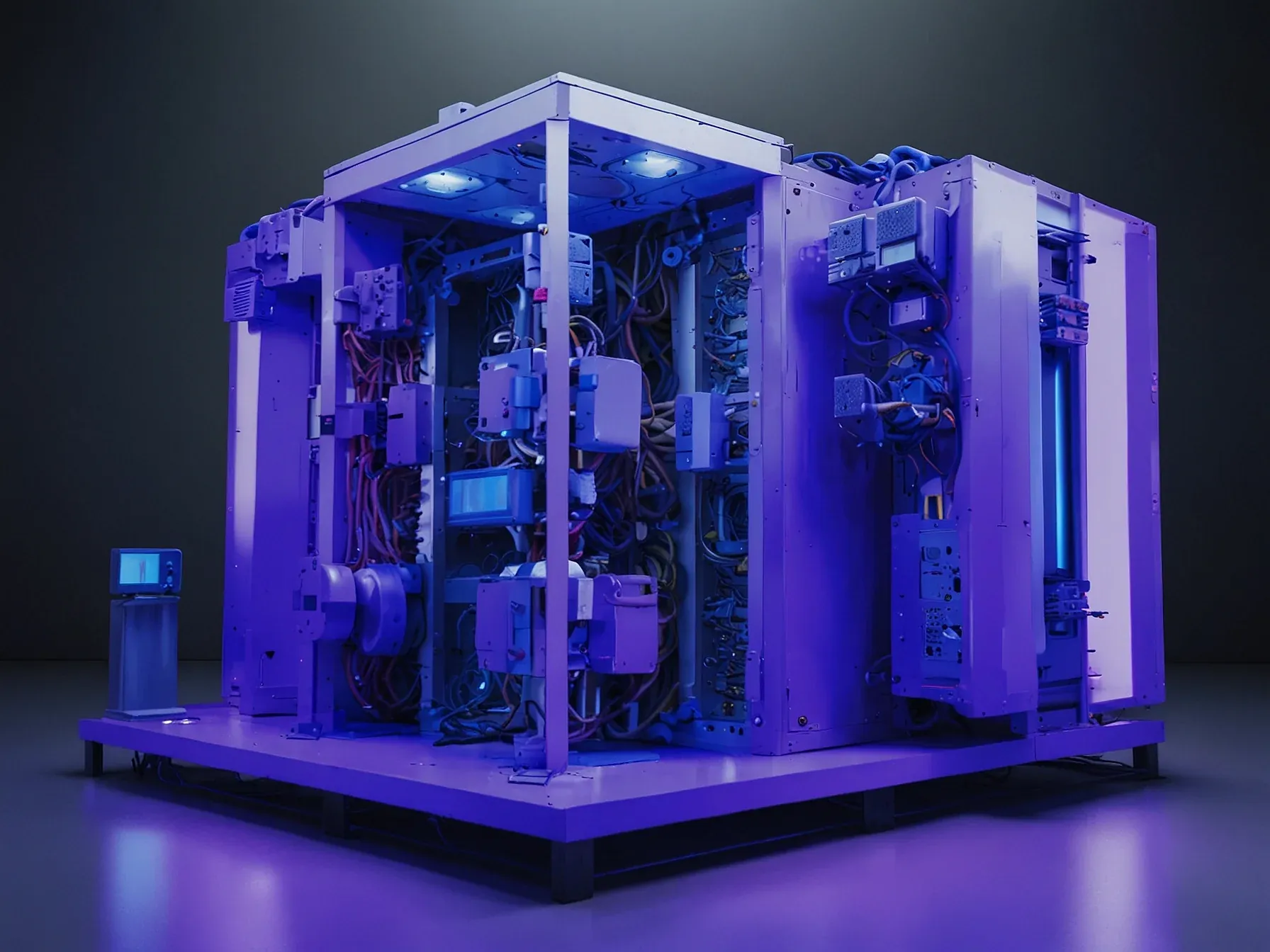
TOON Combines CSV Compactness and JSON Structure for More Reliable LLM Parsing
LLMs chew through text token by token, so every extra character costs compute and can muddy the model’s understanding of the data it’s asked to manipulate. Developers have long leaned on CSV when they need to shave off bytes, but the format strips away nesting, field names and any sense of hierarchy. JSON, by contrast, preserves those relationships but often balloons the token count, especially when objects are deeply nested or contain verbose keys.
The tension between brevity and structural clarity becomes a real bottleneck when prompting models for tasks that involve tables, configurations, or any multi‑dimensional information. Engineers are therefore on the lookout for a middle ground—a way to keep the data lightweight enough for efficient transmission while still giving the model the cues it needs to reason correctly. That’s where a new translation layer enters the conversation, promising to bridge the gap between raw compactness and expressive formatting.
---
In essence, TOON offers the compactness of CSV with the structure‑awareness of JSON, helping LLMs parse and reason about data more reliably. Think of it as a translation layer: you can use JSON programmatically, then convert it to TOON for efficient LLM input. For example: JSON (token‑heavy): { "use
In essence, TOON offers the compactness of CSV with the structure-awareness of JSON, helping LLMs parse and reason about data more reliably. Think of it as a translation layer: you can use JSON programmatically, then convert it to TOON for efficient LLM input. For example: JSON (token-heavy): { "users": [ { "id": 1, "name": "Alice", "role": "admin" }, { "id": 2, "name": "Bob", "role": "user" } ] } TOON (token-efficient): users[2]{id,name,role}: 1,Alice,admin 2,Bob,user According to the test results, TOON regularly performs better in terms of accuracy and token efficiency than more conventional data formats like JSON, YAML, and XML.
Can TOON really curb token waste? The proposal promises CSV‑level brevity while preserving JSON’s hierarchical cues, a combination that could ease LLM prompting. Yet the article offers only a high‑level description; concrete benchmarks are absent.
Engineers will likely test the translation layer on familiar pipelines, converting JSON to TOON before sending data to a model. If the token count drops as suggested, downstream costs might shrink, and parsing errors could lessen. However, the piece doesn't explain how TOON handles edge cases such as nested arrays or special characters, leaving its robustness uncertain.
Moreover, adoption hinges on tooling support—no mention is made of libraries or integration guides. In practice, developers must weigh the effort of adding a conversion step against any token savings. The concept is clear: keep structure, shed bulk.
Whether that balance translates into measurable efficiency gains remains to be demonstrated through real‑world experiments. Some early adopters report smoother prompt generation, but the sample size is unclear. Future revisions might address serialization nuances, though current documentation is sparse.
Further Reading
- TOON vs Json vs CSV - Data Science in Your Pocket
- TOON (Token-Oriented Object Notation): The Smarter JSON for the LLM Era - Stackademic
- From JSON to TOON: Evolving Serialization for LLMs - Towards AI
- TOON vs JSON: A Modern Data Format Showdown - DEV Community
- Token-Oriented Object Notation (TOON) - GitHub - GitHub
Common Questions Answered
How does TOON achieve CSV-level brevity while retaining JSON's hierarchical structure?
TOON compresses data by flattening nested JSON into a concise, CSV-like syntax that lists field names once and then provides row values. This approach removes repetitive keys but keeps hierarchy cues such as array brackets and object delimiters, allowing LLMs to understand relationships without the token overhead of full JSON.
What token savings can developers expect when converting JSON to TOON for LLM input?
The article suggests that TOON can dramatically reduce token counts because it eliminates repeated field names and verbose nesting, similar to CSV. While exact numbers aren't provided, the reduction could lower compute costs and improve parsing reliability for large language models.
In what way does the TOON translation layer act as a bridge between programmatic JSON and efficient LLM prompting?
The translation layer lets developers work with standard JSON in code, then automatically converts it to TOON before sending data to an LLM. This preserves programmatic convenience while delivering a token‑efficient representation that maintains essential structural information.
What potential impact could TOON have on downstream costs and parsing errors in LLM pipelines?
If TOON delivers the promised token reductions, downstream costs may shrink because models process fewer tokens per request. Additionally, the clearer hierarchical cues could reduce parsing errors, leading to more reliable reasoning over structured data.
Why are concrete benchmarks missing from the article, and how might engineers evaluate TOON's effectiveness?
The piece provides only a high‑level description, omitting quantitative results, likely because the format is still experimental. Engineers can test TOON by converting existing JSON datasets, measuring token counts before and after, and observing any changes in model performance or error rates.




